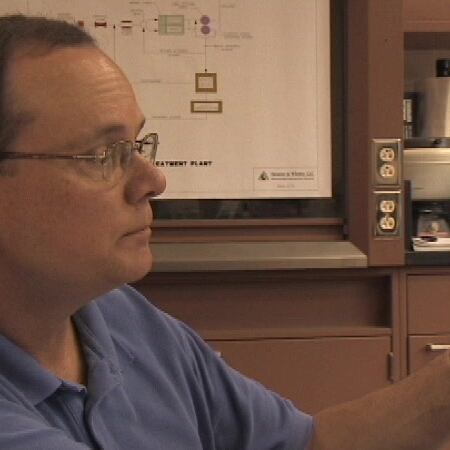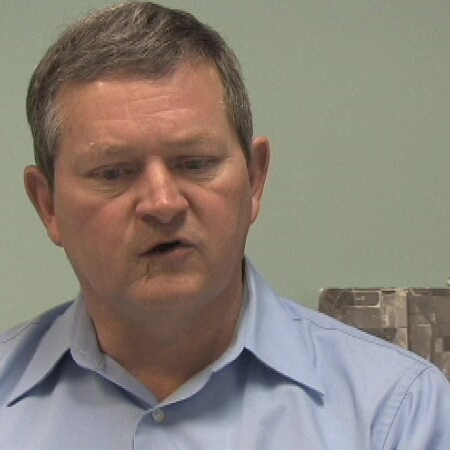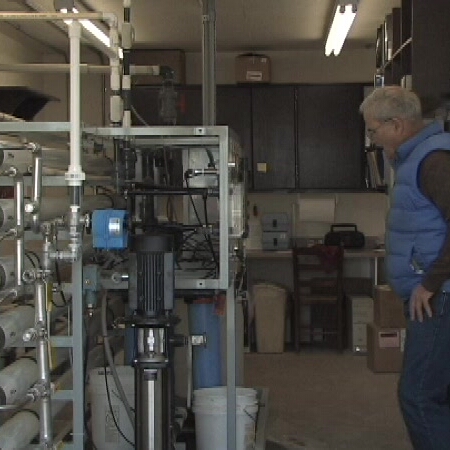- Asset Criticality: When a high risk asset has failed, it may be more advantageous to replace or rehabilitate the asset, than to repair it. The risk of the asset failing again may be too great to allow for a repair.
- Energy Usage: If the asset is high priority from an energy
standpoint (the asset is uses a lot of energy and it is highly
feasible to do something about it) it should be replaced with a
more energy efficient asset. Alternatively, if the level of
service includes a goal to reduce green house gas emissions and
the asset can be replaced by an asset that uses a "green" source
of energy, replacement of the asset may be a good idea, even if
this option is not the cheapest alternative. (There are resources,
such as Portfolio Manager, that can help a utility determine energy
usage and these resources are included in Chapter 10. Also, a table
is included in Appendix D to assist utilities in the determination of
potential energy savings projects.)
- Impact on Level of Service: Some options may have an impact, positive or negative, on the level of service. This impact must be taken into consideration in the evaluation of how to decide which option to choose.
All of these factors play a role in determining whether to repair, rehabilitate or replace the asset. The cost factors (capital and O&M) together with the information on useful lives provide good information regarding overall life cycle cost, while the condition, feasibility, level of service, and decay pattern provide insight into other reasons to pick one option over another. The overall risk of the asset may also drive the decision to replace or rehabilitate over repair. Some decisions may be obvious, while others may be much less so.
Thus far, the discussion has been focused on assets that have failed. Some high risk assets will need to be replaced or rehabilitated to prevent failure. Some medium risk assets, those with high consequences of failure, may also be replaced prior to failure. These replacement or rehabilitation projects can be done as planned activities and the costs can be included in the capital improvement planning process.







